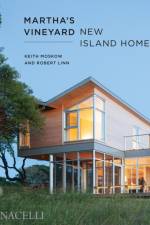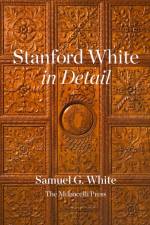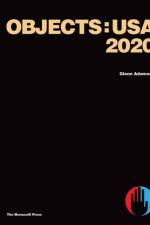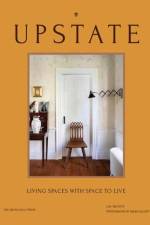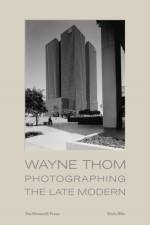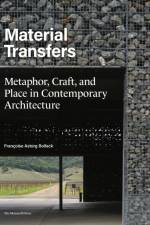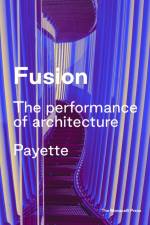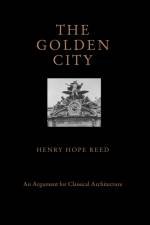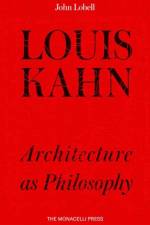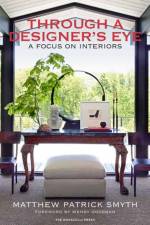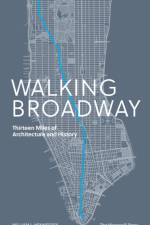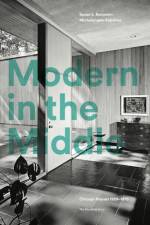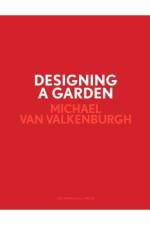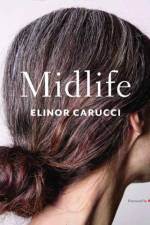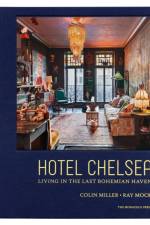- A Gardener's Journey
av Curtice Taylor & Caroline Seebohm
489
A priviledged tour of a lavish estate in Greenwich featuring an abundance of garden experiences--formal boxwood and undulating hornbeam hedges, dense woodland, reflecting pools, arbors and follies--and a "ferme ornée" offering organic produce to the community.Sleepy Cat Farm is the vision of one man, Fred Landman, who acquired the handsome Georgian Revival house and grounds in 1994. Deeply committed to the concept of harmony between house and garden, he has dedicated himself to the landscape to create "a garden of which the house could be proud."Collaborating with Greenwich architect Charles Hilton and noted landscape architect Charles J. Stick and drawing inspiration from travels in Europe and Asia, Landman has done just that. The landscape unfolds in a series of garden rooms and pavilions, pathways and pools, statuary and staircases, trees, shrubs and flowerbeds, hillsides and vistas that change daily, monthly, almost minute by minute, as the visitor explores this undulating landscape of surprises, intrigue and unexpected beauty. Names were given to the various aspects: The Golden Path, the Grotto, The Iris Garden, the Spirit Walk, the Perennial Long Border Garden, the Pebble Terrace, the Woodland Walk. Buildings and follies were added, also with storybook names--the Celestial Pavilion, the Barn, the Limonaia, the Chinese Pavilion, the Cat Maze and Arbor. Down the hill from the main house is an working organic farm that supplies produce to the community, a project of Landman''s wife, Seen Lippert, a professional chef who worked with Alice Waters in California before moving East.Landman and Lippert are committed to sharing the beauty that they have created. They are generous in opening the property for charitable events and tours of gardeners and horticultural enthusiasts, particularly through the Open Days program of the Garden Conservancy. As Landman says, "One of my greatest joys is when other people come here and get to experience what I experience every day. The most important thing is that they leave happy."





